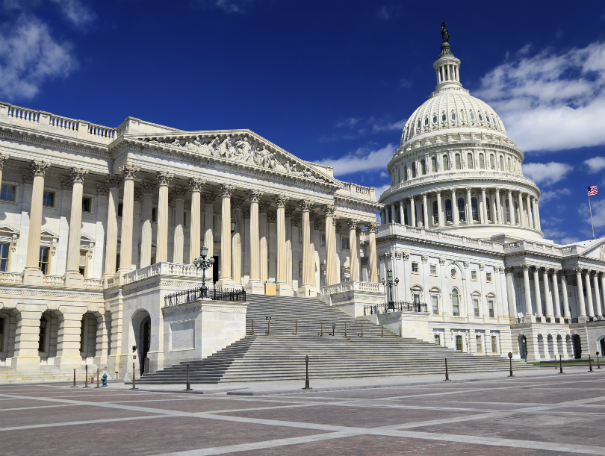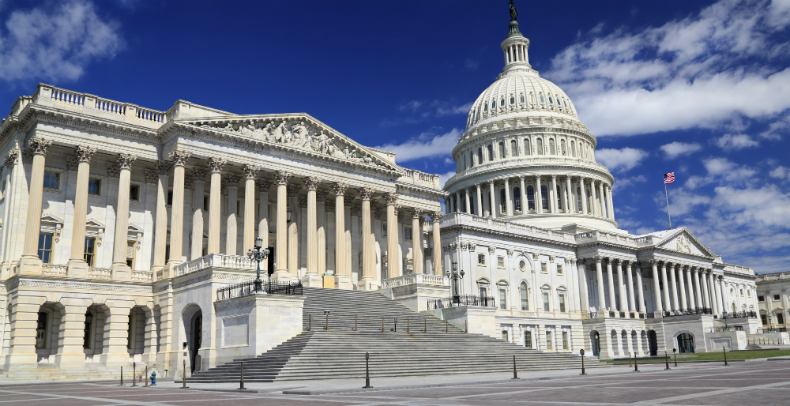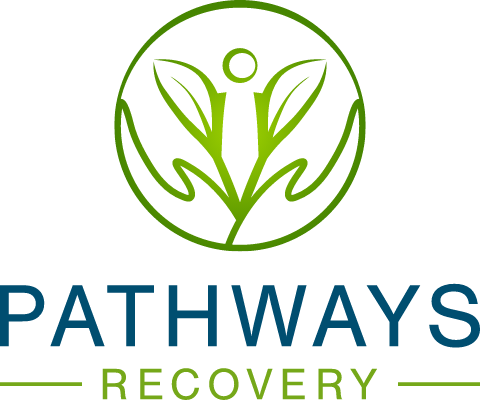On March 10, 2016, the U.S. Senate passed bipartisan legislation intended to combat the opioid addiction epidemic in the United States. This landmark legislation is known as the Comprehensive Addiction and Recovery Act (CARA), and it is the largest congressional action to date intended to fight America’s ongoing abuse of and addiction to opioids.
CARA also intends to open new avenues of treatment for those suffering from opioid addiction. While still needing to be passed by the House of Representatives, CARA secured a 94-to-1 vote in the Senate, which sends a strong message that Congress is serious about taking on opioid abuse and addiction treatment.
What Will The Opioid Legislation Do, If Signed Into Law?
If passed by the House of Representatives and signed by the president, CARA will provide the following:
- Expanded access to addiction treatment resources, including medication-assisted addiction treatment for heroin and opioid dependence
- Funding for substance use prevention efforts and addiction recovery programs
- New opportunities for addicts to receive drug treatment in lieu of jail time
- Stronger prescription drug-monitoring programs to help states track prescription drug diversions and to help at-risk individuals access addiction treatment resources
- Expanded addiction recovery support for students in high school and colleges
- Wider availability of Naloxone (which reverses the effects of opioid medication) to police and other first responders so they can administer it to more patients who need it
- More disposal sites for unwanted prescription medications, which will help keep them out of the hands of children and young adults
What Has Prompted This Recent Legislation?
According to the Centers for Disease Control and Prevention, more people died from drug overdoses in 2014 than in any year on record. Also, since 1999, the number of deaths from opioid overdoses has nearly quadrupled. Between 2000 and 2014, nearly half a million people died from drug overdoses. As of 2016, an average of 78 Americans are dying every day from opioid overdose.
Since 1999, the volume of opioid-based prescription pain medications sold in the U.S. has nearly quadrupled, while at the same time, there has not been a significant increase in the amount of pain that Americans are reporting. Deaths from prescription opioids (drugs like hydrocodone, methadone and oxycodone) have similarly quadrupled since 1999. Clearly, many of the opioid painkillers being prescribed in the U.S. are being diverted to recreational users and opioid addicts.
How Does Opioid Addiction Develop?
Evolving from a legitimate prescription painkiller user to someone who is addicted can often happen by accident. According to the National Institute on Drug Abuse (NIDA), prescription opioid pain medication and heroin affect the brain through the same mechanism. Opioids (both prescribed and illegal) reduce the perception of pain by binding to opioid receptors in the brain cells as well as other places in the body. As opioid use continues, one’s tolerance to the drug increases, requiring higher doses to achieve the same effect.
For someone in legitimate pain, this can be a dangerous path, as they need more of their pain medication to get relief. For someone using opioid-based pain medications for recreational purposes, this can be a deadly path, because most recreational users alter the medication to achieve quicker euphoric effects. For both the legitimate user and the recreational user, they can become physically dependent on opioids before they know it. The combination of dependence and higher tolerance quickly leads to an opioid addiction.
Once addicted, acquiring enough opioid-based prescription medication can be difficult and very costly. With limitations on the amount they can get from their primary care doctor or pain management physician, most opioid addicts turn to illegal ways to acquire enough of the drug to achieve the euphoric state they have become accustomed to. This can be done by buying pain medication on the street or turning to illegal drugs like heroin.
The street price for opioid medications like oxycodone and hydrocodone, however, is much higher than what they were paying at their local pharmacy. Suddenly, the opioid addict is in a desperate situation where he or she can no longer afford the drug of choice. As a result of the higher availability and lower cost of heroin in many communities, many opioid addicts transition to using heroin.
Seeking Treatment For Opioid Addiction

Furthermore, many addiction treatment programs do not utilize evidence-based treatment methods. As an example, less than half of the addiction treatment programs surveyed by NIDA offered medically assisted treatment for opioid addicts. Proven addiction treatment medications such as Suboxone and buprenorphine do not appear to be widely used in the addiction treatment field, as of 2014.
According to NIDA, providing evidence-based treatment for addicts offers the best chance at interrupting the drug use-criminal justice cycle for many drug addicts. Viewing drug addiction as a disease instead of a crime seems to be critical to reducing the heavy load on our criminal justice system caused by addicts who result to criminal behavior to support their addiction.
Addiction treatment has proved over the years to reduce the costs related to addiction resulting in terms of lost productivity, crime and incarceration. NIDA has suggested several ways that addiction treatment can be implemented into a criminal justice environment, including the following:
- Addiction treatment as a condition of probation
- Drug courts that combine judicial monitoring and sanctions with addiction treatment
- Addiction treatment in prison followed up by community based treatment after release
- Addiction treatment under parole or probation supervision
How To Prevent Drug Abuse On A National Level
So, will the recent Congressional action have a significant impact on addiction treatment in the United States, specifically as it relates to opioid addiction? Recognizing the seriousness of the epidemic and the growing problems it is creating was a monumental first step by Congress.
For CARA to be implemented, however, it must next pass in the House of Representatives. You can help make this happen by lobbying your Congressional representative.
As for the legislation’s impact on the addiction treatment field, Norma Cordero, Outreach Coordinator at Pathways Recovery, in Sacramento, CA, and a veteran of the addiction treatment industry, has this to say: “Passage of the bill will continue a philosophical shift toward treating addiction not as a crime, but as a chronic disease. Hopefully, it will establish new rules and policies for prevention and treatment of addiction.”



